Category D-2: Adaptive Reuse Projects
Honorable Mention
Award credit: Hui Wang
Location: Ruicheng County, China
Photography: Cao Baiqiang, Zeng Tianpei
Listed as one of the national key cultural relic protection units, Xihoudu, Shanxi Province, China, is a world-class archaeological site that dates back to the Paleolithic Age. However, despite its links with the Old Stone Age, little is known of it being the discovery ground of the first use of fire in human history, which was discovered in 1960s. The theme of fire has always been associated with this site.
In 2016, the Shanxi provincial government built a “holy fire square” for a public torch relay that circled around the province. However, the kitschy design of this square hardly did this reverent, iconic site justice. So, in 2019, the former holy fire square was upgraded to host the flame lighting and kick-off of the torch relay of the Second Youth Games of the People's Republic of China, turning it into a significant venue that is part of cultural history.
On the premise of not destroying the original construction, a primitive, mystical, and bold design language was employed to integrate the holy fire square with its natural environment, to create a new space for experiencing the historic, natural site, and to meditate in a place between the Sacred Mountains and the Yellow River.
The new design was purposed to convert the earlier candidly designed space into a place that is in harmony with the surrounding landscape and be one that is fitting of the site’s cultural value. The praise received from the live broadcasting of the fire lighting ceremony of the Second Youth Games attests to the success of the design of Xihoudu. This cultural heritage site has since received extensive public attention and become one of the province’s key tourist spots. The new design has encouraged the development of local tourism economy, promoted the continuous propagation of Xihoudu culture, and set a model for similar historical preservation projects.


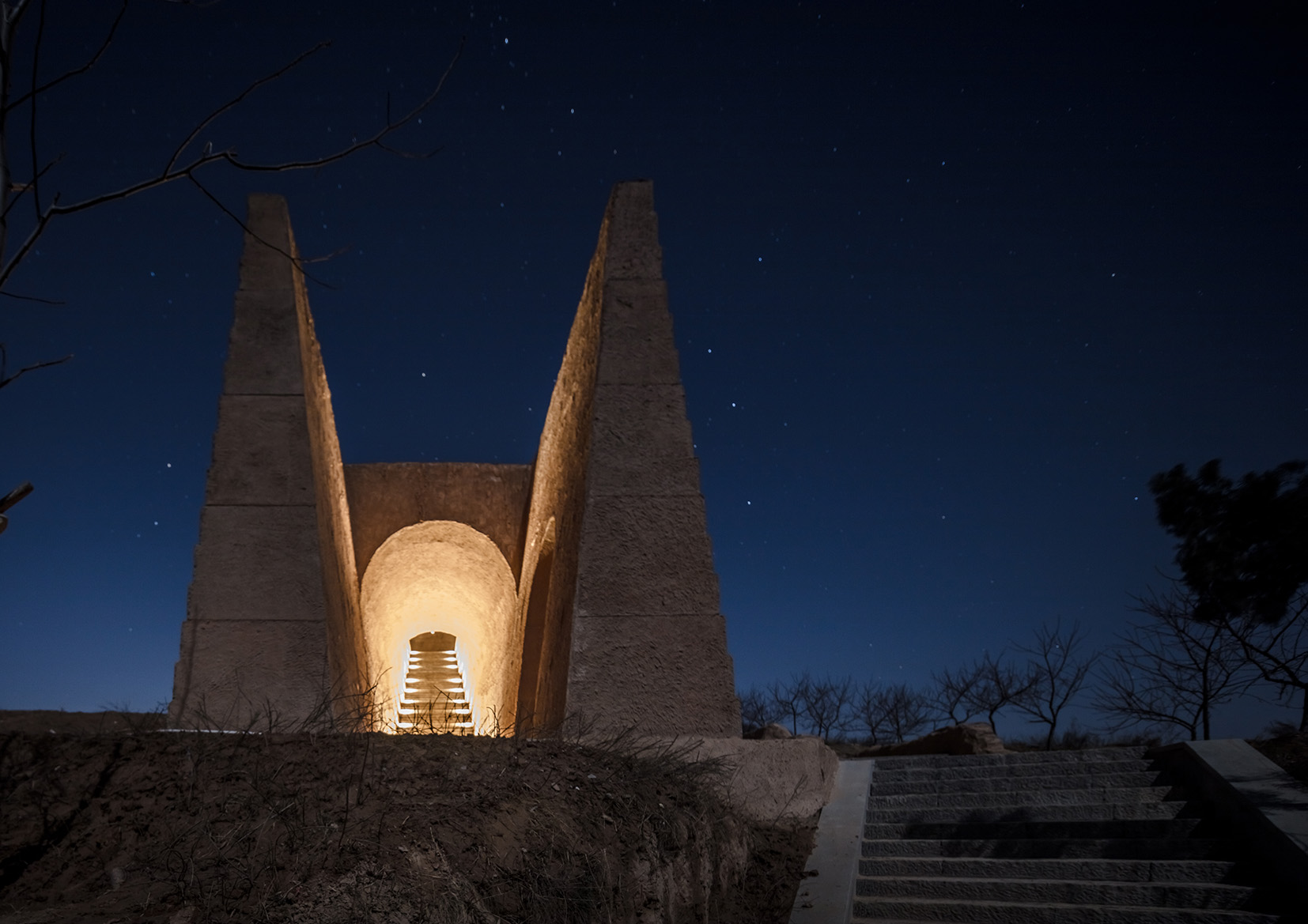
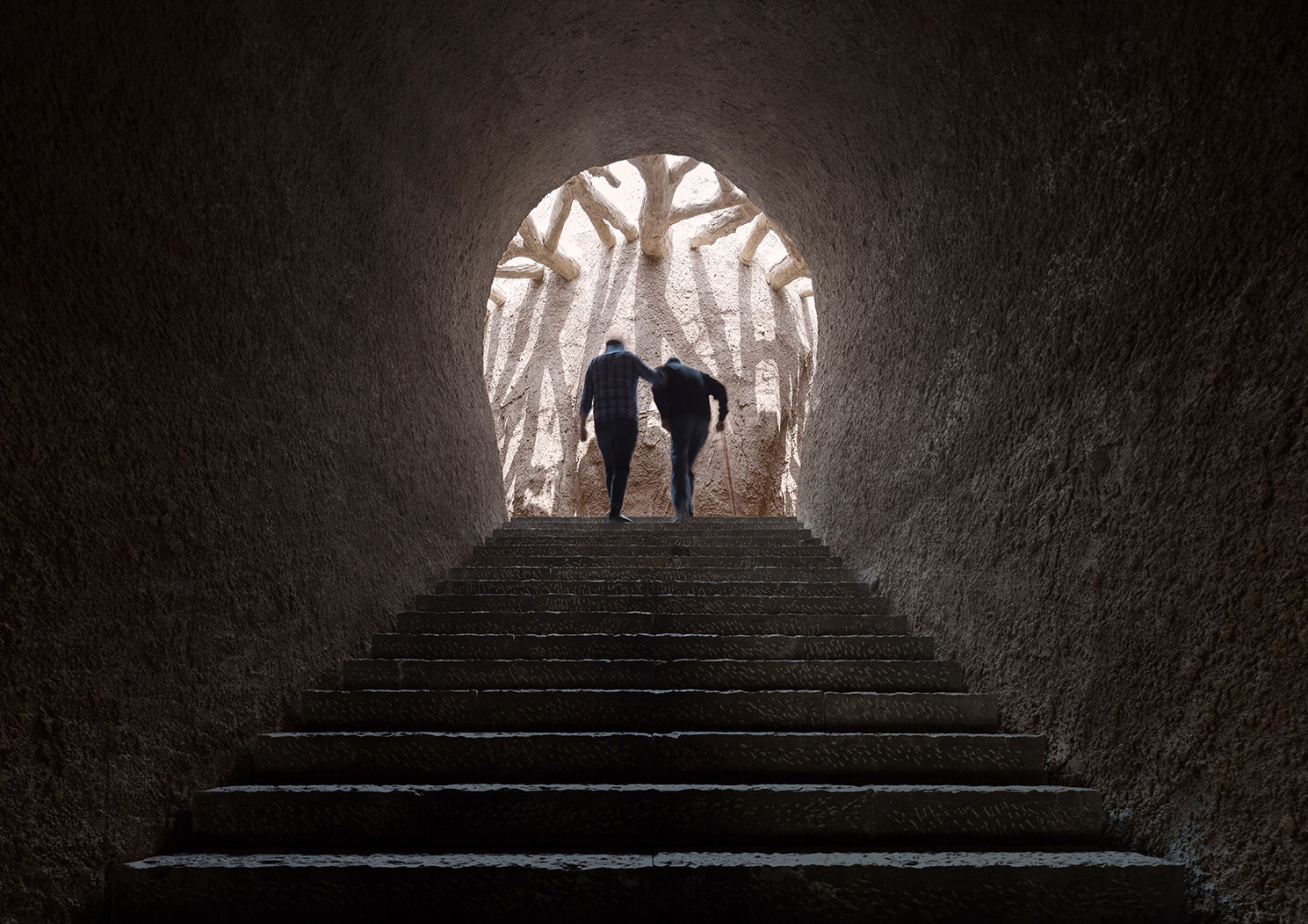
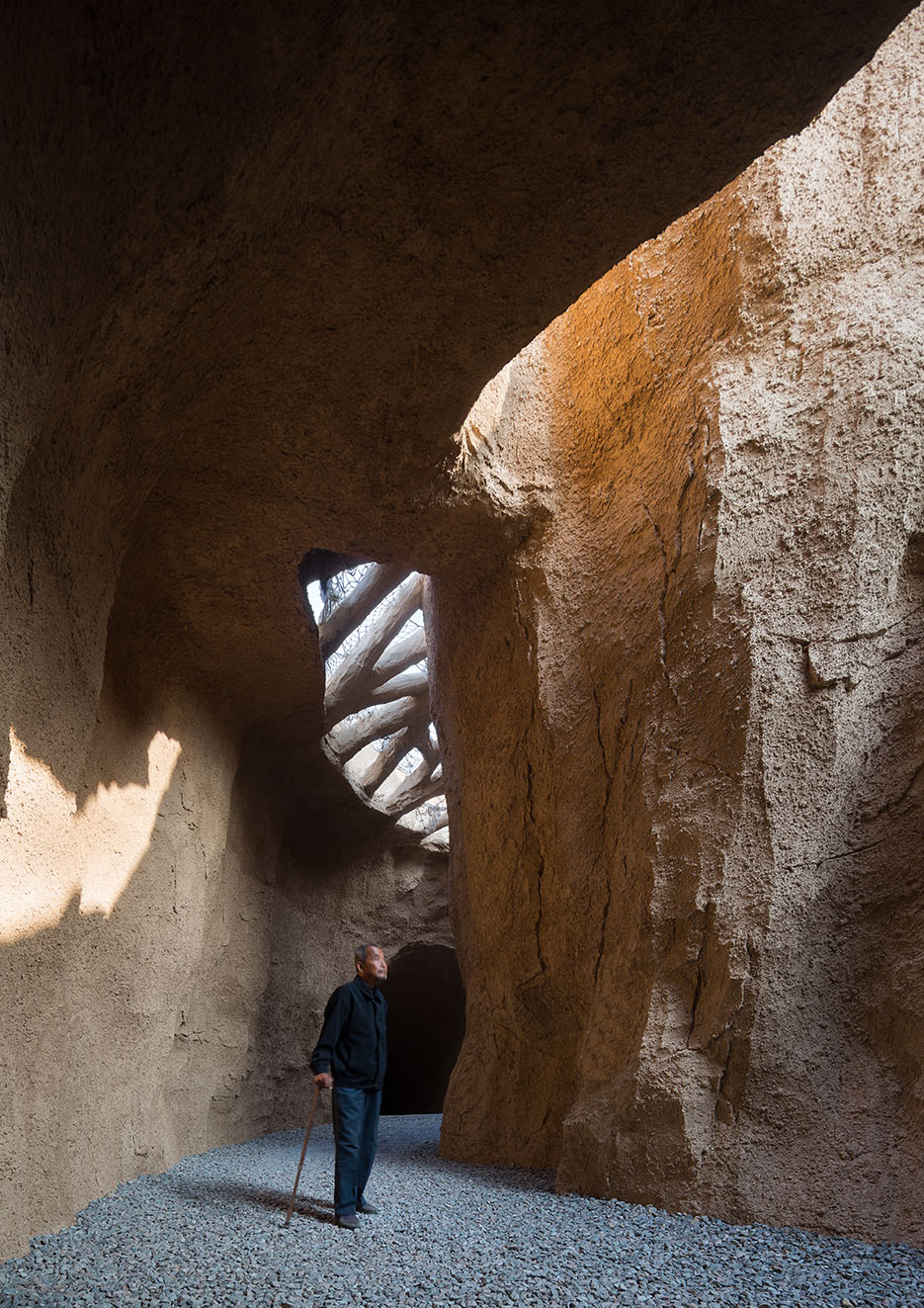
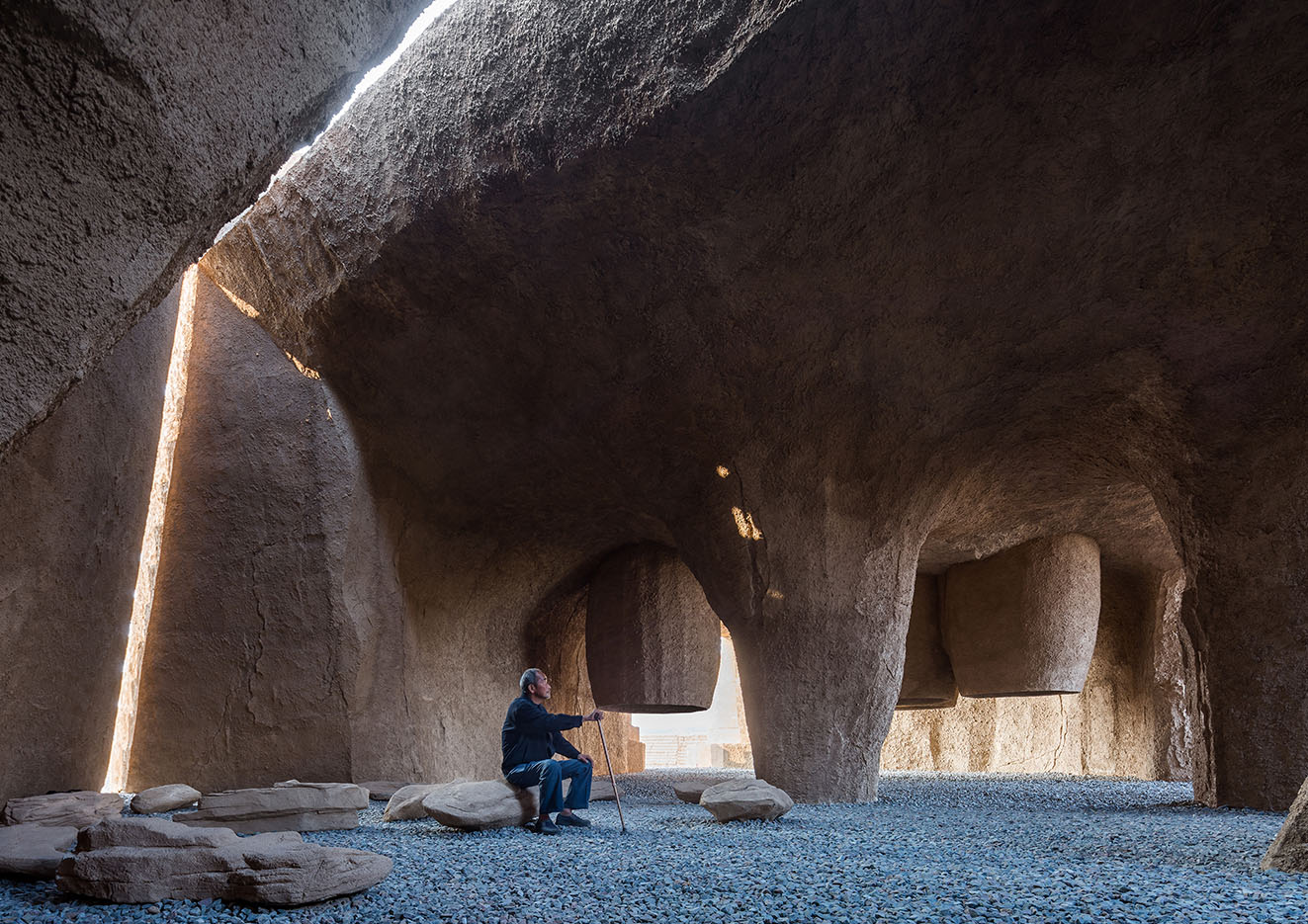
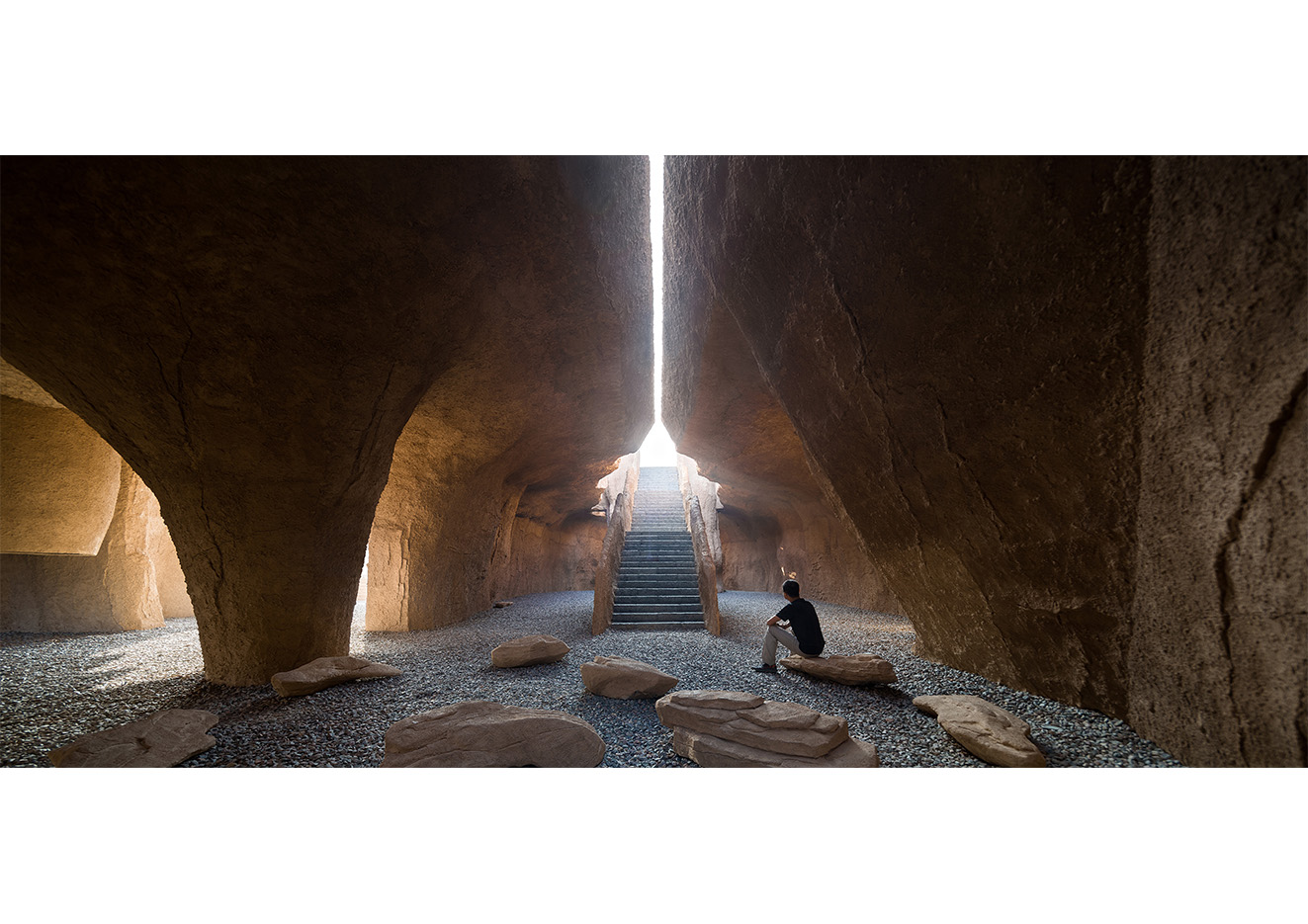
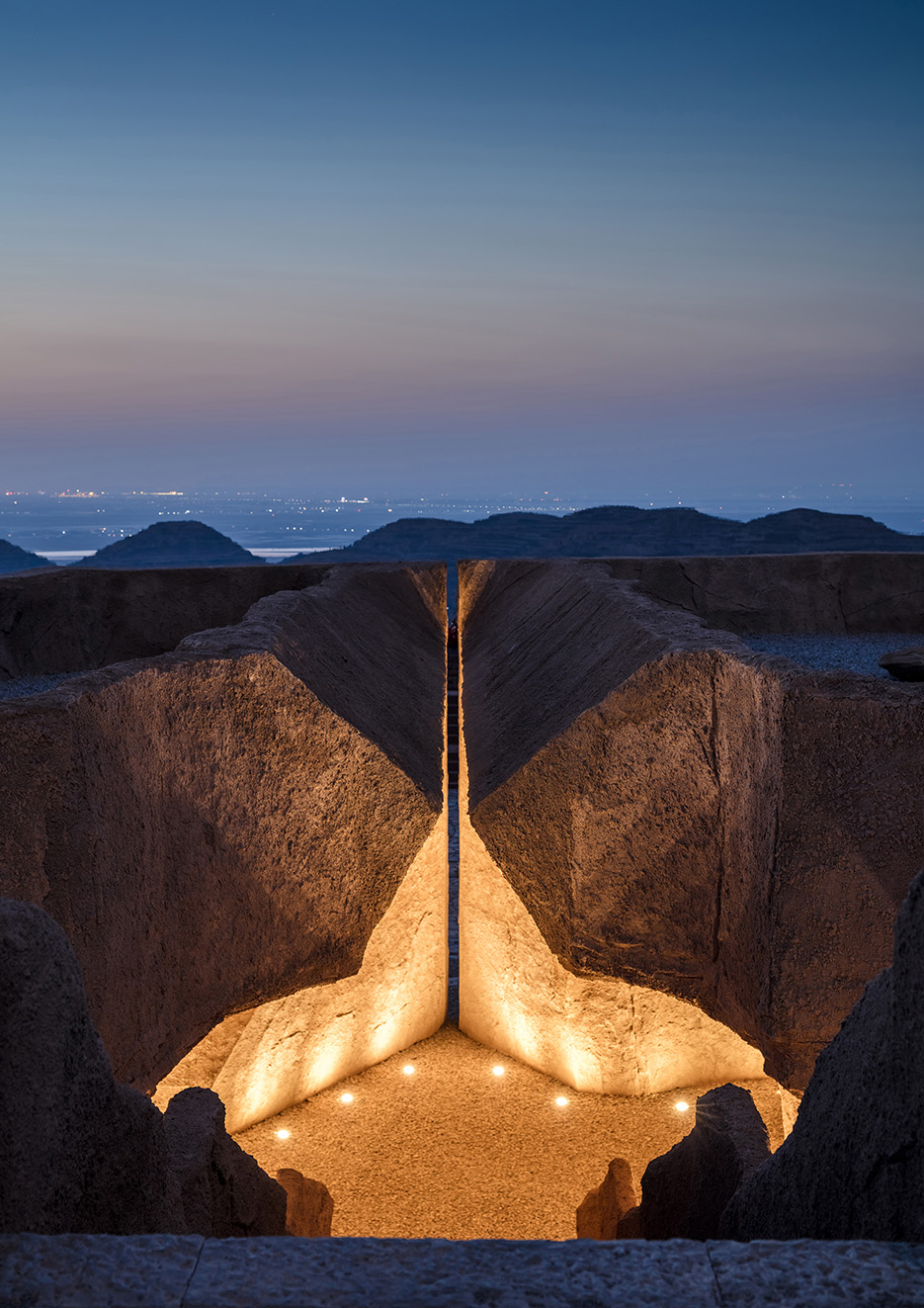
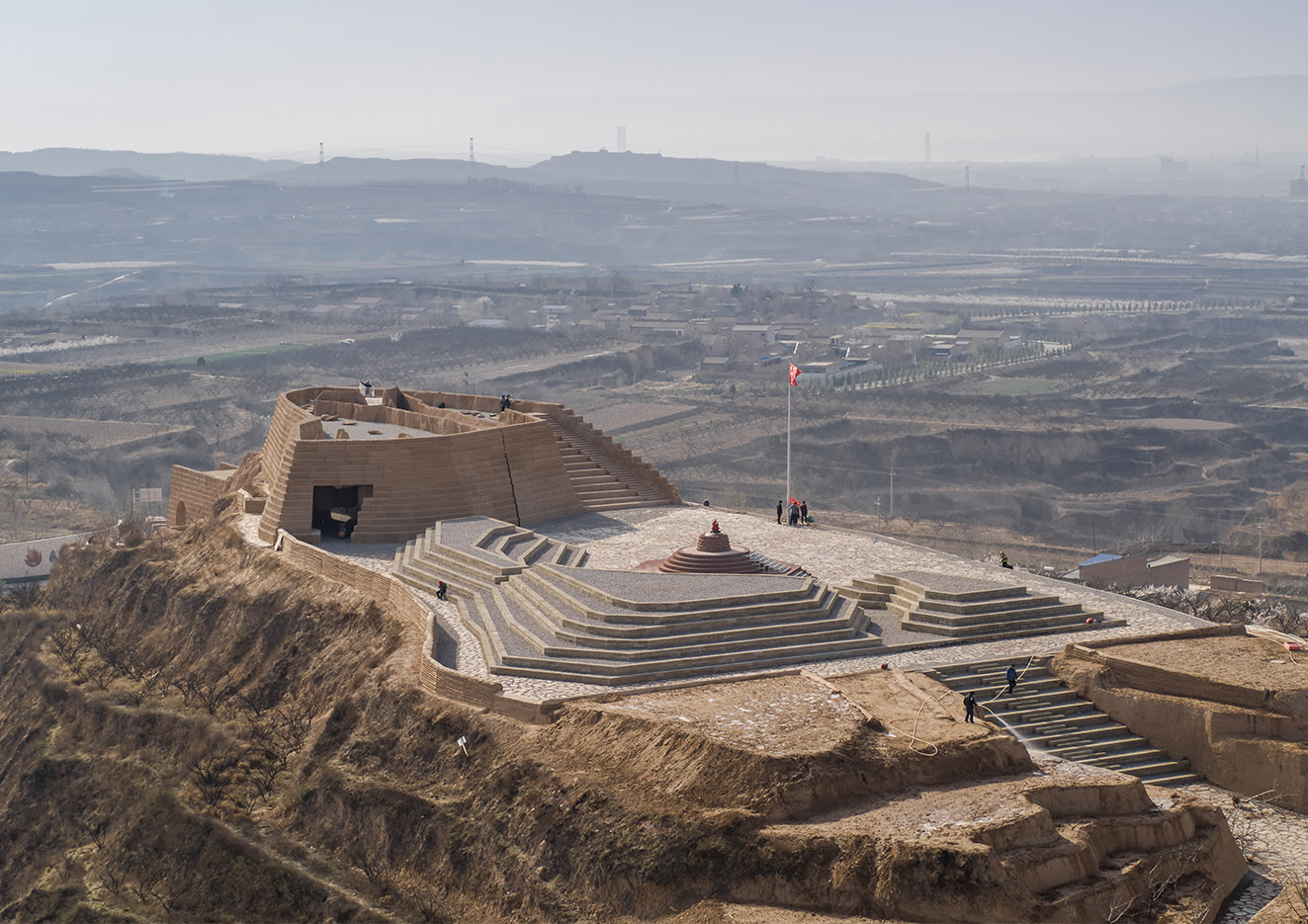

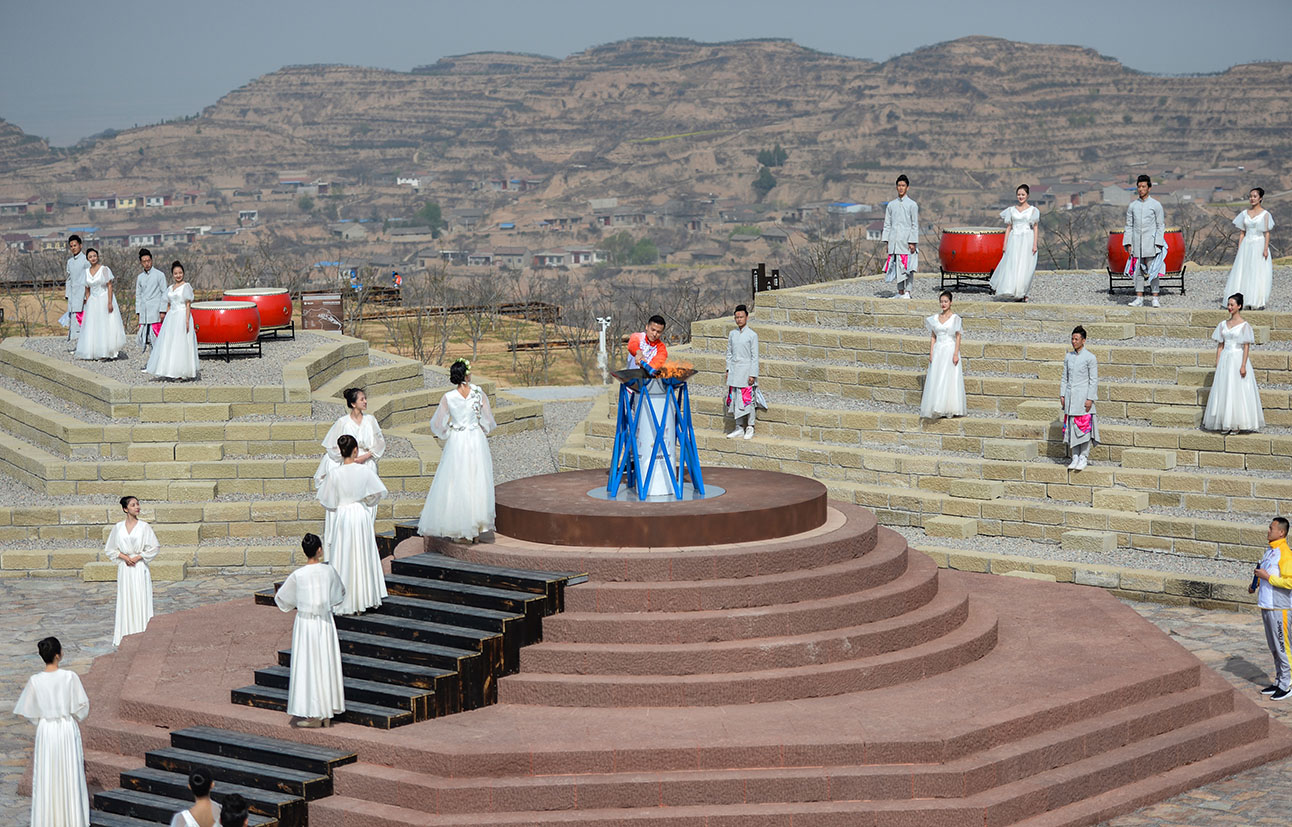



 loading......
loading......